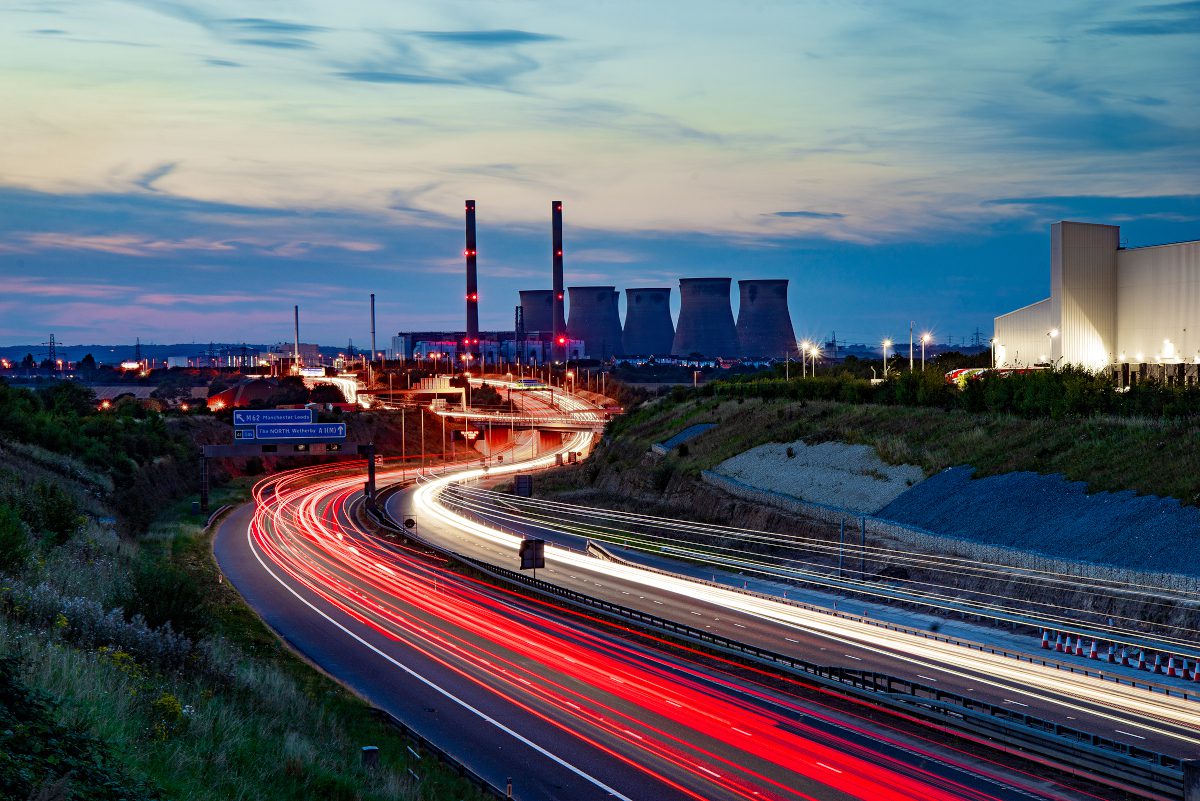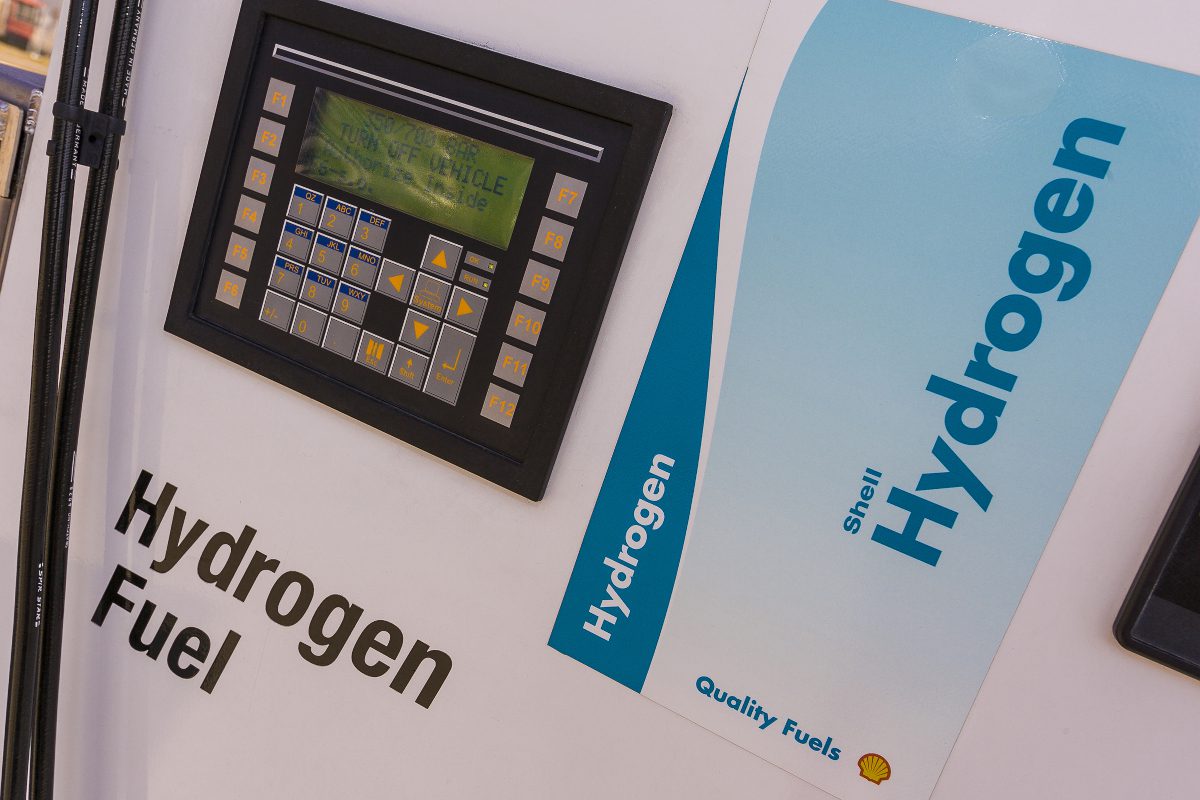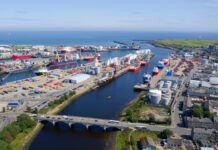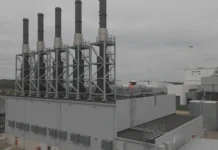
Gavin Watson writes
Innovation, coupled with robust policy frameworks and access to long-term sustainable financing, present the perfect conditions for the next generation of renewable energy sources to emerge and flourish. This is a sweet spot rarely achieved in a country frenzied by conflicting energy commitments and an urgent demand to deliver short-term energy security.
The state of hydrogen
The UK’s hydrogen sector in particular faces a unique challenge in its failure to attract both the policy and private financing necessary to play a near-term role in meeting the energy transition challenge – despite the levels of innovation and excitement that fuel conversations around its game-changing potential.
That is not to say that the hydrogen market hasn’t started to mature. Some investors have been willing to back projects that will take significant time to come online, and longer still to generate a return. However, what the sector ultimately lacks is certainty, which is not a recipe for success when asking financiers to sink large amounts of money into an emerging and infrastructure-hungry sector. In the immediate future, the hydrogen market will continue to rely on Government subsidies, particularly around offtake price and volume to underpin the scale-up of electrolyser production and capacity and to lay the groundwork for development of critical hydrogen infrastructure.
Beyond the short-term financing mechanisms and policy frameworks required to deliver the UK’s hydrogen target of 5GW production by 2030, the UK would be remiss not to consider adopting a “hydrogen hub and spoke” model when looking at mechanisms to encourage and support the broader and longer term development for the hydrogen sector. Such a model would combine economic free zone concepts (the hub) with critical national infrastructure thinking (the spoke).

Developing the hub
Green hubs centred around renewable energy activity offer untapped potential to promote investment and streamline the UK’s green energy innovation and output. The creation of such a hub involves the concentration of green energy sources and solutions – in the case of a ‘hydrogen hub’ this could include hydrogen production, hydrogen storage, hydrogen power generation and/or storage of renewable power in hydrogen fuel cells some or all co-located in the same area.
A hydrogen hub can act as a centre for innovation, creating momentum for the development of new hydrogen technologies and products by co-locating like-minded individuals and businesses from within the hydrogen sector in one geographic location. The hub construct is dependent on access to a significant and reliable volume of hydrogen, particularly as this overcomes immediate barriers in transportation of the energy source to hydrogen-related activity across the rest of the country. When choosing the location for a hydrogen hub, it is logical to look at existing low (or zero) carbon centres. In the case of hydrogen, targeting existing projects with carbon capture and hydrogen production infrastructure allows for the hub to evolve around an existing source of hydrogen. Going forward, we should be exploring options to develop hubs based on green power sources looking closely at where those sources (primarily wind and solar) are located. Often these renewable power sources are more remote, which arguably favours development of hydrogen hubs in those locations where planning issues may be more limited and local economies require new investment to stimulate growth and regeneration.
The success of a hydrogen hub to generate demand for the sector is dependent on the necessary financial incentives to attract innovators, developers, and other stakeholders to move to the site. Government support and commitment to the hub model is critical here, as the hub will need (and will need to offer) financial incentives to get established and gain traction. The government could explore tax break options for businesses, in addition to credits for R&D expenditure on hydrogen development as an additional stimulus for innovation. Rent subsidies (or holidays) offer a further measure to foster the necessary economic climate to draw in the individuals and businesses pioneering the transition.

Driving demand
By concentrating activity, innovation, and momentum behind a burgeoning energy source within one geographic location, the hub has the potential to generate major demand for hydrogen across a range of potentials investors. Critical to this mission, however, is getting hydrogen to the point of offtake.
Investors in hydrogen production developments need to be convinced that use case of the hydrogen produced is sufficiently robust if they are to provide the funding required for the scale of hydrogen production necessary for the energy source to take flight. There has been significant progress in near-term use cases in the conversion of hydrogen to ammonia given the established markets for fertilizer products; its use for marine fuel markets; and for use in hydrogen fuel cells. Its potential in the aviation sector is already attracting investment, with Manchester airport presenting an exciting opportunity for development of the aviation use case and scope to develop a direct hydrogen pipeline (from a low carbon hydrogen production hub) to supply more than 60 airlines with low-carbon alternative fuel. The diversification of sectors benefiting from hydrogen is critical to boost demand in the near-term and should be central to innovation. Near-term applications must be considered in tandem with future, longer-term hydrogen uses currently at incubator stage to generate demand.
The economic climate
Building on the financial incentives to attract innovators to relocate, the Government must also nurture the right economic eco-system around the hub to maximise innovation and development potential. The economic free zone concept presents the optimal model to create this environment. Under this construct, a geographic area for the hub would be identified and a suitable package of economic benefits and inducements made available to businesses operating in the designated zone through appropriate legislation and regulation.
Typically, the founding legislation would also, in conjunction with implementing rules and regulations, seek to simplify the corporate set-up and registration requirements for the zone, reducing associated timeframes and costs, and where possible introduce real-estate incentives to encourage presence in the zone alongside financial and tax incentives to encourage development of innovation, R&D collaboration within the zone. The economic zone is then built and curated to offer the optimal conditions to catalyse hydrogen innovation and technological development within the hub.
A global perspective
The economic free zone model has been applied globally to achieve a range of policy objectives – from economic growth to technological innovation. If married with nascent or under-utilised green technology such as hydrogen, these learnings from China, the Middle East and other more recently developed markets offer opportunities to pioneer new systems with sustainability at their core.
The Middle East offers several models for special economic zones that may be instructive for a zone-focused sustainability initiative. Jebel Ali Free Zone in the UAE commenced operations in the 1980s as an integrated business hub. The introduction of special tax, corporate, and planning rules for this zone proved highly effective in attracting companies in the target sectors, including logistics, petrochemicals and e-commerce to establish operations within the economic free zone. The zone itself has evolved into a catalyst for trade and an eco-system enabling qualifying businesses to thrive, and now contributes more than 21% of Dubai’s GDP.
Elsewhere in Dubai, developments such as Dubai Internet City and Dubai Media City provide further models of how developing economic hubs or emerging sector clusters encourages the resource sharing and collaborative enterprise that bolsters growth.
Infrastructure solutions: the spoke
The ‘spoke’ in our hub-and-spoke model is the infrastructure required to transport the energy source from the hub to the demand centres. In the case of the hydrogen hub, this could take the form of a pipeline to hydrogen storage facilities at airports and public transportation nodes (for use in public transportation) or direct to significant end user facilities (ammonia production, vessel bunkering locations, blending point and inlet for national gas grid).
The spoke is crucial if hydrogen’s potential role in the energy transition is to be realised. Seen in this context, it should be treated in the same way as ‘critical national infrastructure’ to benefit from the streamlined planning and permitting regime applicable to national critical infrastructure. Alongside this, a bespoke package of fiscal benefits should be offered to attract investment into this critical element of hydrogen delivery.
Closing the loop
For hydrogen, adopting a hub and spoke model has the potential to break the cycle of demand-side uncertainty having a chilling effect on supply-side investment. By opening doors to innovation and investment aligned with clear energy transition objectives, green (or low carbon) hubs located within economic free zones and coupled with the designation of spoke infrastructure as national critical infrastructure, we could see hydrogen fulfil its potential as a renewable energy source critical to the transition.






